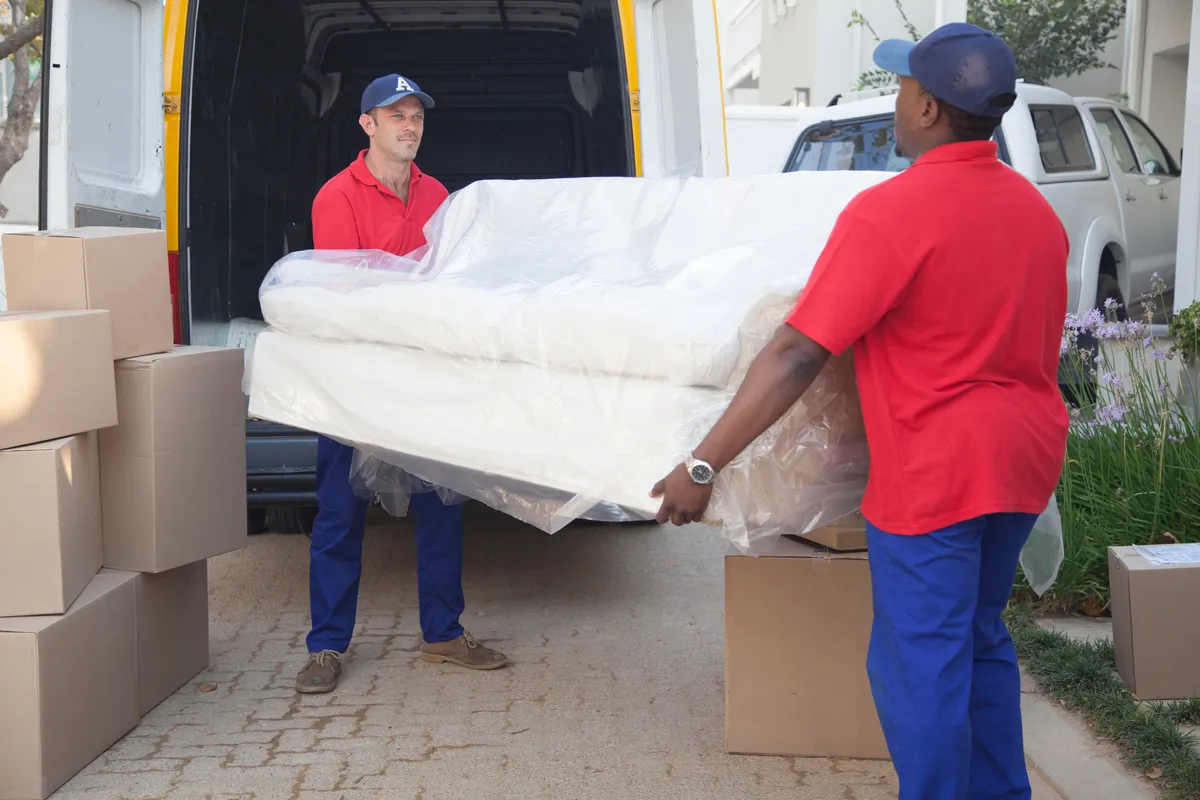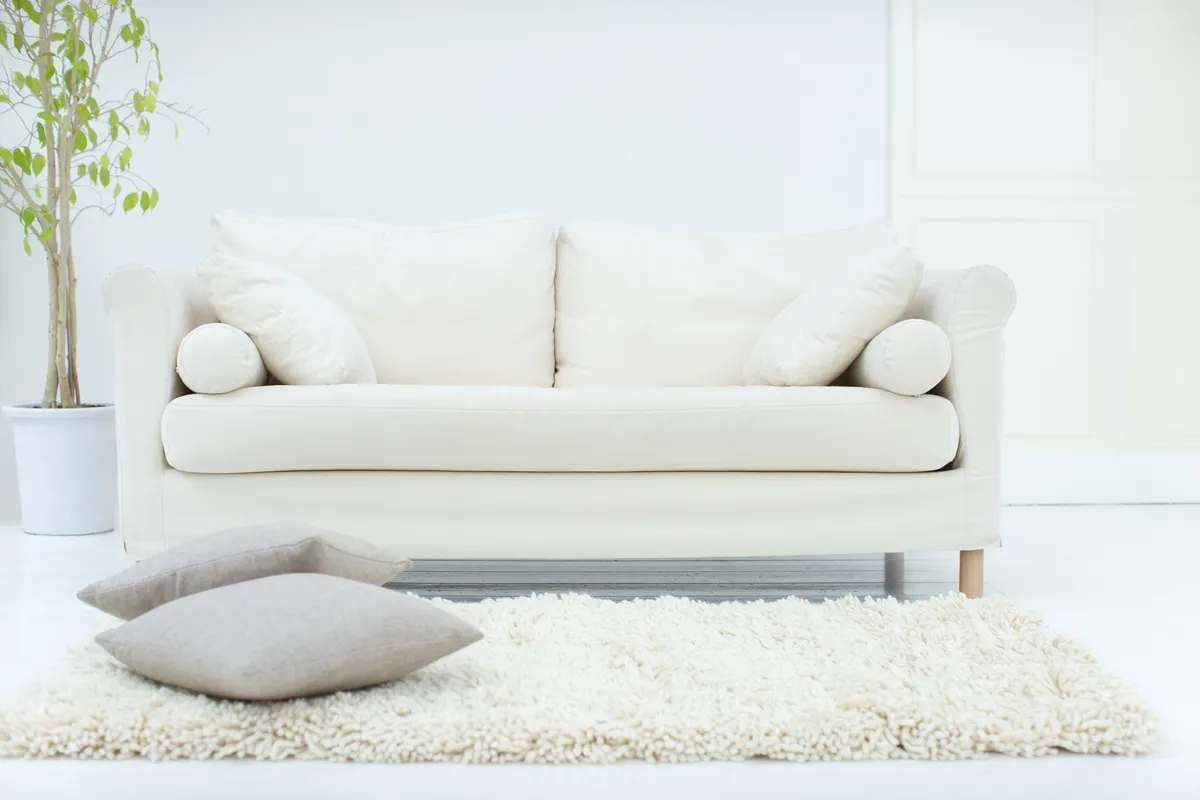Choosing the perfect sofa can be a difficult decision to make, with so many different shapes, styles, and fabrics to tempt us. There are a number of key factors to take into consideration when selecting your new sofa - so to help you decide what the best options are for you we have the following expert advice from Paul Staden, Head of Marketing at Sofa Workshop.
Comfort
It's important to choose a style of sofa that suits your lifestyle and requirements. Lower backed sofas with lots of loose scatter cushions are more suited to a casual look and will offer less support but are great for lounging on. Higher backed sofas with back cushions will offer more support and are better if you are after a more formal sitting position. Sprung back sofas are a feature of traditional styles associated with formal entertaining. Contemporary versions offer good support and a low-maintenance alternative to back cushions.
Your choice of cushion filling will have a huge impact on the type of 'sit' and therefore comfort of your sofa. Foam and fibre cushions tend to be firmer and more supportive, while feather cushions are squishier. Choosing the right cushion filling is important but keeping them comfortable is just as important, regularly rotating and 'plumping' will keep air in the cushions and prolong their life.When customers ask, 'Which sofa is the most comfortable?' we remind them comfort is subjective. What is comfortable for one customer may not be for another.
Consider how you will use your sofa! This may sound obvious but customers often visit us with an idea of colour and shape but aren't aware they can have different cushion fillings (feather, fibre, foam etc). Ask yourself: 'Do I want soft and squishy for lounging or firmer cushions for more support?'
Loose covers vs fixed covers
Sofas with loose covers offer a more casual, less formal look. Knowing you can take the covers off and wash them offers peace of mind to many customers, especially those who have children or pets (or enjoy the odd glass of red wine!). We recommend you wash all parts of the covers together, even if you have a small localised stain or mark, to allow for even wear during the life of your covers. You may find it easier to do this at a local launderette rather than in your domestic washing machine for the best results. It's also possible to have your covers professionally dry cleaned in-situ if you prefer. Fixed cover sofas require less maintenance to look tidy. They require dry cleaning in the home which may suit you better than taking covers to the cleaners.
Trends

Our customers are keen to reflect current trends but can be concerned that they may end up with a sofa that doesn't reflect changing styles in years to come. Choosing a sofa in a plain or neutral fabric and adding scatter cushions in 'on trend' fabrics can allow you to have the best of both worlds. Scatter cushions can be changed relatively cheaply as and when trends or your tastes change. Many customers buy a plain 1st set and an 'on trend' 2nd set or a summer and winter set. Both are great ways of achieving more than one look for your living room.
Size

Sofas will look much smaller in store than in your living room so it's important to check that the sofa you like will actually fit. Measure the space first and lay out newspaper to the size of your sofa to see roughly how much room it will take up. Sofas can be large and bulky so check access into the property and room of choice. Modern living often provides access challenges, you may want and be able to fit in the room a lovely large sofa but it simply may not fit through the door, up stairs, etc. For homes with extremely tight access, look for sofas with bolt off arms or back - the sofa can then be assembled in the room of choice. Corner sofas and sofas with low backs, where the legs can be removed, are also ideal for difficult access. Higher back sofas tend to be more difficult to deliver than modern low backed sofas.
Budget
When buying a sofa, the old adage 'you get what you pay for' is nearly always true. Although lots of retailers are offering huge and very tempting discounts, you need to know how, where and with what the sofa is made. Under a £1,000 and the sofa is unlikely to be of superior quality, although you should still expect value for money with a guaranteed frame. For over £1,000 the scale of the sofa will be greater, and so should the quality, with better fabrics and more substantial components. Therefore, when buying, you need to consider if you want the sofa to last for years and be passed on to your kids, or if you're happy to replace it after a few years.
Style
Like comfort, style is very subjective. Choose a style of sofa that suits your lifestyle and requirements. Don't get swayed by fashion or by next year you could be left with a very un-cool piece of furniture. At Sofa Workshop we recommend our customers choose a fabric they love and will be able to live with, and accessorise with affordable scatter cushions which can easily be updated when trends change.
Framing
Traditionally, sofas are made from beech or birch. Both are very similar woods which grow slowly and straight, giving them real strength. They also have few branches which means less knots and can weaken the finished product. Its unlikely you'll get a sofa with a traditional frame for less than £1,500. These traditional frames would be glued and dowelled and also screwed to give the joints great strength and longevity. Like many things there have been developments to frames over the years and a modern approach isn't always inferior. It depends how its been utilised, some of the most expensive sofas have a frame under the fabric which an upholsterer from 40 years ago wouldn't recognise. These modern frames can be inferior when price engineered to make the sofa cheap, as corners will have to be cut. It really depends on what you're looking to spend and how you use the sofa. A cheap frame will simply not last as long as an expensive one if you have a family that use the sofa a lot but could last for years if its only sat on rarely. Needless to say you do get what you pay for. Customers should think of it as an investment. A sofa for £2,000 may last 20 years and one for £500 just 3 years.
Padding
Traditional sofas didn't have springs and so the comfort was provided by being stuffed with horse hair. Coil springs were developed to be used in conjunction with this stuffing. With the development of foam and modern fibres the need for coil springs wasn't necessary and alternatives could be used. These alternatives give a degree of flex but their main purpose is to support the seat and the comfort is from the cushion filling whereas before, the comfort was from the spring. Webbing was traditionally used to support the coil springs but now sprung units are used whereby the springs are contained within a wire mesh case, thus removing the need for webbing. Its a mistake to assume sofas with coil springs are best. Also, the style of the sofa will influence the type of spring used. Some designs have very slim seat platforms and a traditional coil spring wouldn't fit. Separate to the seats, the frames are covered in layers of wadding and foam. These are used to provide softness to the frame but also create shapes, like beautiful scrolled backs and arms. Like everything there are different qualities of wadding and foam - cheap ones will feel just as good on the shop floor but will deteriorate over time so you'll be able to feel the hard frame underneath. Again, you get what you pay for.
Cushions

There are numerous seat fillings available and all have very different properties. Feather is very traditional and still widely available. Lots of people love sinking into a deep feather filled seat but it will not keep its shape and will need regularly plumping to keep both its shape and comfort. Also, be aware that allergy sufferers should avoid feather. Foam is firmer and will require little maintenance but many consider it too springy. In the middle sits fibre which is softer than foam, doesn't give such a rigid look, is slightly firmer than feather but doesn't require the same level of care and maintenance. To establish which filling is ideal for you, nothing beats sitting on a sofa and testing the different options before making your decision.
Fabric
Durability of fabric is measured by an industry standard rub test. Although the numbers can vary from 15,000 rubs to 20,000 it doesn't mean the lower number isn't suitable for upholstery. A lot depends on how often you use the sofa. Always check the upholstery is approved by the supplier for upholstery and not just soft furnishings. As a rule of thumb upholstery linens have high rub tests and could last the longest. At the opposite end of the scale are silks, these are never suitable in their pure form are often mixed with cotton or linen to make suitable. Most fabrics lend themselves to buttoned backs or scrolls.
Finally...
Don't think one sofa fits all! Everyone is unique and has very different requirements. You might be six foot six and never find a sofa deep enough or have a bay window and not find a sofa the perfect size to fit in. Always ask what alterations are available and don't settle for something that isn't quite right.
